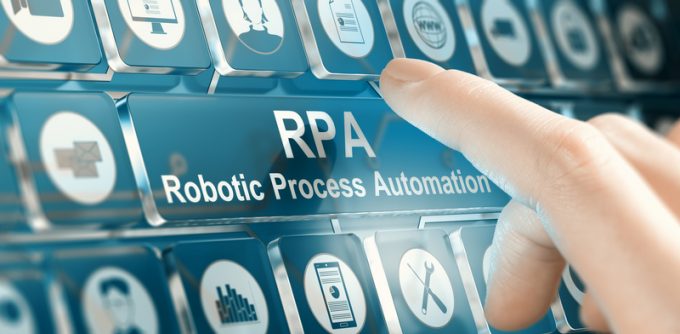Airline connectivity still lacking, claim, as Etihad and K+N unveil direct ebooking
Etihad Cargo and Kuehne + Nagel appear to have reached the holy grail for large ...

If you work in transportation and logistics, technology may sometimes seem like the bane of your existence. The implementation of different kinds of software applications meant to elevate and simplify your business may, in fact, have the opposite effect.
Your employees may experience “portal fatigue,” trying to manually piece together a workflow involving a lot of copy-and-pasting among five or more technology platforms. The work can be mind-numbing and overwhelming. When is the paperless, seamless digital future we were promised going ...
Amazon pushes into LTL for small package fulfilment and UPS does a u-turn
New senior management for DSV as it readies for DB Schenker takeover
Volumes set to 'fall off a cliff' as US firms hit the brakes on sourcing and bookings
Asian exporters scramble for ships and boxes to beat 90-day tariff pause
Temporary tariff relief brings on early transpacific peak season
'Tariff madness' will prompt renegotiation of ocean shipping contracts
Response to tariffs by Chinese importers may see extra costs for US shippers
Forwarders 'allowing the fox into the chicken run' by supporting 'hungry' carriers

Comment on this article
Oliver Harris
November 25, 2019 at 7:58 pmProcesses in the transportation industry sure have a lot of potential for automation, but first companies must make sure that their processes are good enough to be automated. Automation technologies are not universal panaceas for any manual process. We at CiGen wrote as well an article with examples of use cases in the transportation and logistics sector https://www.cigen.com.au/cigenblog/8-real-world-cases-robotic-process-automation-rpa-transportation-logistics, going a bit more in-depth of how RPA can help with them.
Looking forward to seeing the changes in this industry.
ayushi
November 09, 2020 at 6:42 amRPA 2.0 is the future of Robotics. With the rise of artificial intelligence, Roberts can now reason its incoming inputs. Now, they don’t blindly follow the algorithm but they can learn the patterns and improvise the output according to the circumstances or the changes in the input. To know more visit Signity Solutions how they help businesses with RPA 2.0